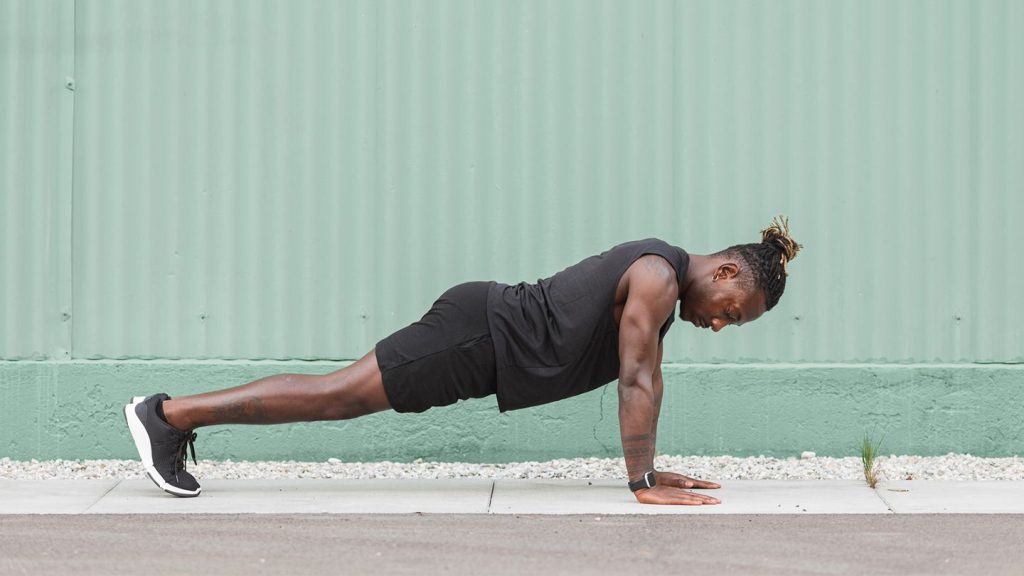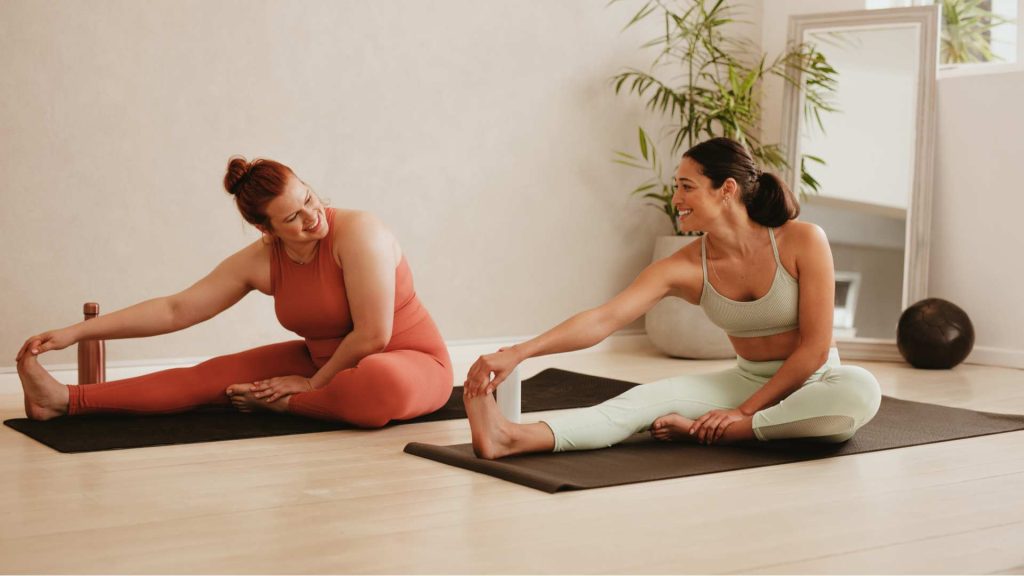Fitness is a topic flooded with advice, often leading to misconceptions. To clarify the facts, we turn to experts who share valuable insights. In this article, we debunk fitness myths, offering clarity on everything from targeted fat loss to the importance of muscle soreness. These expert insights will guide you on your journey to a healthier lifestyle.
1. Targeted Fat Loss:
You can’t spot-reduce fat with exercises like sit-ups. While they strengthen the core, they won’t burn belly fat. Weight loss, achieved through a caloric deficit from diet and exercise, is the key to losing belly fat.

2. Soreness and Workout Success:
Muscle soreness is not the sole indicator of a successful workout. Delayed onset muscle soreness (DOMS) can occur with new exercises, but a lack of soreness doesn’t mean your workout was ineffective.

3. Stretching:
Stretching before and after exercise is not a guarantee to prevent injury. Warming up with light movement is more effective. Stretching isn’t essential for every warm-up.

4. Exercising with a Bad Back:
Contrary to traditional advice, exercise can be beneficial for a bad back, as long as you’ve recovered from acute injuries. Strengthening the back through exercise can help prevent further issues.

5. The 10,000 Steps Myth:
While 10,000 steps is a recognized benchmark, it’s not magical. The benefits of physical activity increase as you surpass your current activity level. Somewhere between 8,000 and 10,000 steps may be sufficient for many.

6. Muscle to Fat Transformation:
Muscle and fat are distinct tissues. Muscle doesn’t turn into fat, and vice versa. Changes in muscle and fat composition are influenced by diet and physical activity.

7. Running and Knee Health:
Running is not inherently bad for your knees. Regular use can improve knee health. Research shows runners aren’t more likely to develop knee problems compared to non-runners.

8. Lifting Weights and Bulking Up:
Gaining significant muscle mass requires more than just lifting weights; it involves a calorie surplus. Weightlifting while in a calorie deficit can aid fat loss and muscle preservation.

9. Exercise Frequency:
More isn’t always better. Recovery and rest are crucial for optimal results. A balanced fitness routine often involves three workouts a week with rest days in between.

10. Yoga and Glute Development:
Yoga alone may not significantly build glute muscles as it lacks progressive overload. However, it doesn’t lead to a flat bum either; it simply doesn’t focus on glute development.

These insights from fitness experts debunk common misconceptions and emphasize evidence-based approaches to fitness and health. Understanding these principles can help individuals make informed choices in their fitness journeys.






GIPHY App Key not set. Please check settings